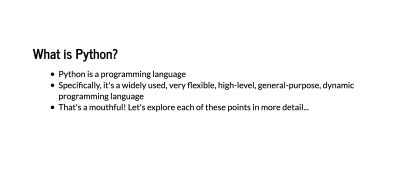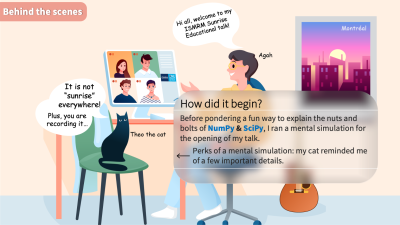Tutorial
Software Engineering for MRI: Python Programming & Scientific Computing
ISMRM & SMRT Annual Meeting • 15-20 May 2021

| Concurrent 7 | 17:00 - 18:00 | Moderators: Michael Lustig & Daniel Gallichan |
 |
Basic Python Programming
Saige Rutherford
In this session, we learn the building blocks and fundamental concepts of python programming. All concepts (variables, data structures, control structures, functions, classes, notebooks) defined include follow along examples of code meant to teach you actionable skills. Even if you have some python programming experience, it is always good to review the foundations. All levels of coding skills are welcome. Course materials have been made available on GitHub https://github.com/saigerutherford/introduction-to-python
|
|
 |
Scientific Computing with Python
Agah Karakuzu
This brief introduction to scientific computing with Python aims at teaching the basics of two essential modules: NumPy and SciPy. The associated code repository (https://github.com/agahkarakuzu/sunrise) contains three Jupyter Notebooks, outlining an overarching standard operating procedure to work with 1D ( audio files of MRI pulse sequences, guitar melodies and vocal tracks), 2D (BIDS formatted reconstructed images) and 3D (multi-channel k-space data in ISMRM-RD format) data: i) obtain meta-information about the data and use community-developed readers wherever possible, ii) use NumPy to prepare the data for further processing and iii) use Scipy modules to perform fundamental signal and image processing tasks.
|
The International Society for Magnetic Resonance in Medicine is accredited by the Accreditation Council for Continuing Medical Education to provide continuing medical education for physicians.